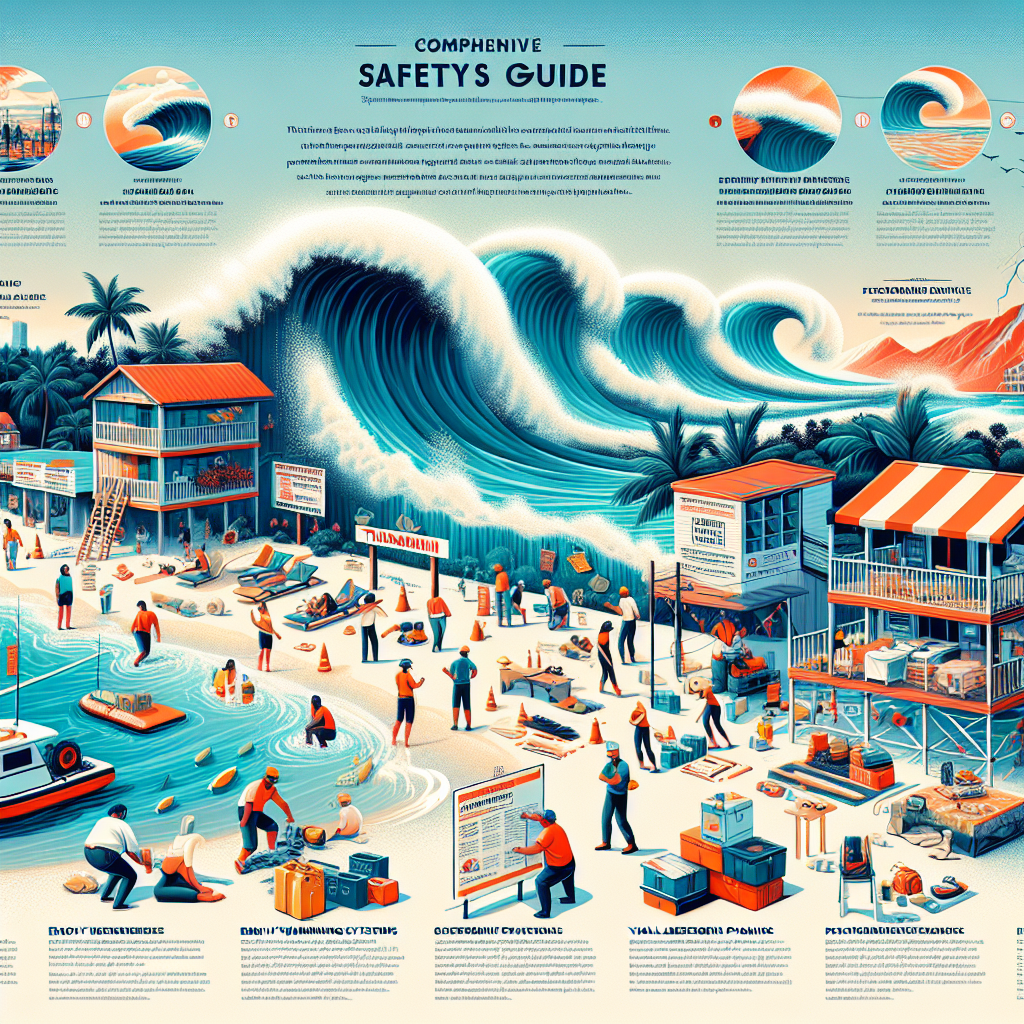Caribbean Earthquake Tsunami Warning: Key Safety Measures and Preparedness Tips
In recent years, the Caribbean region has experienced its fair share of natural disasters, including earthquakes and tsunamis. With their unpredictable nature and potential for devastation, being prepared for such events is crucial. This article will delve into the key safety measures and preparedness tips that can help individuals and communities stay safe in the face of a Caribbean earthquake tsunami warning.
Understanding the Risk: Earthquakes and Tsunamis in the Caribbean
The Caribbean region lies within a seismically active area known as the Caribbean Plate, where numerous fault lines contribute to the occurrence of earthquakes. In the event of a significant earthquake, the potential for a tsunami to follow is always a concern. Tsunamis can cause massive flooding and destruction along coastal areas, making it essential to be prepared for such emergencies.
Key Safety Measures During an Earthquake
During an earthquake, it is essential to remember the following safety measures:
1. Drop, Cover, and Hold On: Drop to the ground, take cover under a sturdy piece of furniture, and hold on until the shaking stops.
2. Stay Indoors: If indoors, stay inside and avoid doorways and windows that could shatter.
3. Evacuate if Necessary: If instructed to evacuate, do so quickly and follow designated evacuation routes.
4. Have an Emergency Kit: Prepare an emergency kit with essential supplies such as water, food, first aid supplies, and important documents.
Preparedness Tips for a Tsunami Warning
In the event of a tsunami warning, the following tips can help you stay safe:
1. Move to Higher Ground: If you are in a coastal area and receive a tsunami warning, move to higher ground immediately.
2. Follow Evacuation Orders: Follow all evacuation orders issued by local authorities to ensure your safety.
3. Stay Informed: Stay informed through local news and official channels for updates and instructions during a tsunami warning.
4. Practice Drills: Conduct tsunami evacuation drills with your family or community to ensure everyone knows what to do in an emergency.
Frequently Asked Questions (FAQs)
Q: How likely is a tsunami to follow an earthquake in the Caribbean?
A: While not every earthquake in the Caribbean results in a tsunami, the potential for a tsunami always exists, especially after a significant earthquake.
Q: What should I include in my emergency kit for earthquake and tsunami preparedness?
A: Your emergency kit should include water, non-perishable food, first aid supplies, a flashlight, batteries, important documents, and any necessary medications.
Q: How can I stay informed during a tsunami warning in the Caribbean?
A: Stay informed through local news, official government channels, and NOAA weather alerts for timely updates and instructions.
Conclusion
Being prepared for natural disasters like earthquakes and tsunamis is crucial, especially in regions prone to such events like the Caribbean. By following key safety measures and preparedness tips, individuals and communities can mitigate the risks and stay safe during an earthquake tsunami warning. Remember, being informed and taking proactive steps can make all the difference in the face of a potential disaster.
If you found this article helpful, please share it with others and leave a comment below sharing your thoughts or experiences with earthquake and tsunami preparedness in the Caribbean. Stay safe and stay informed!

